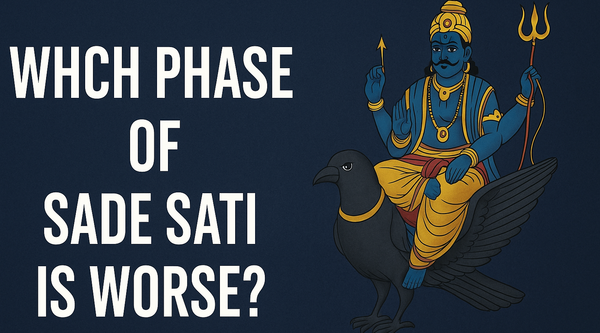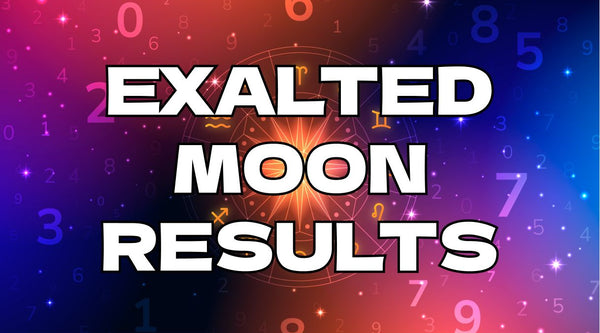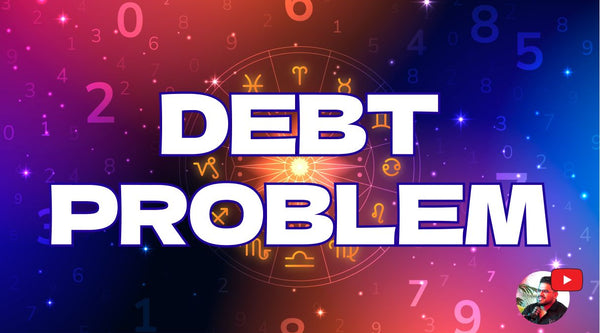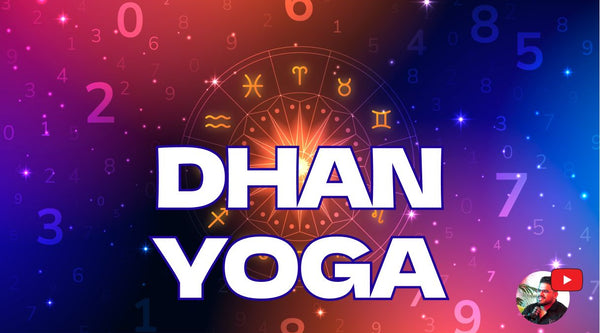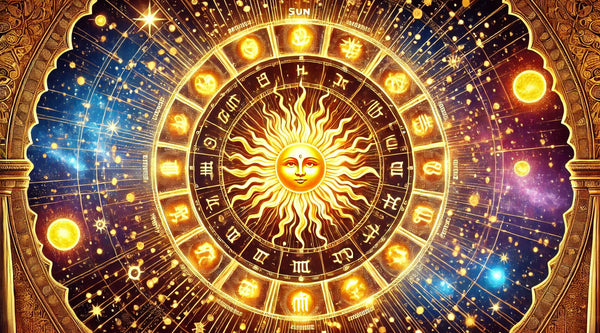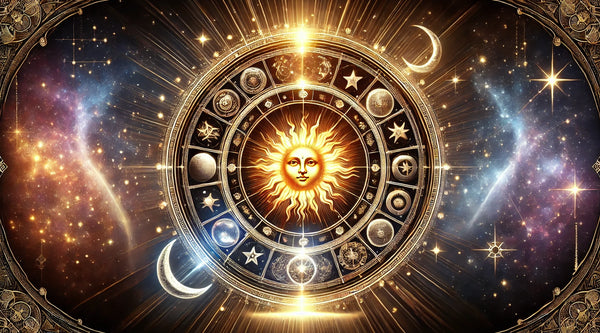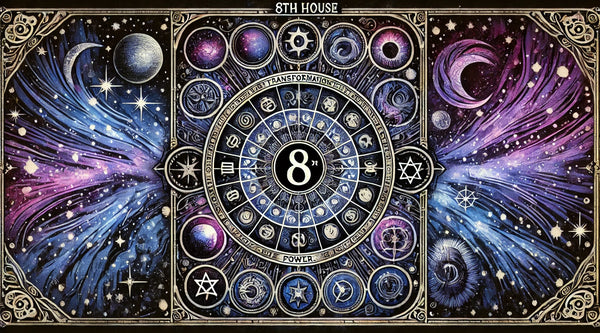Ultimate Guide to Emerald (Panna) Gemstone: Quality, Pricing, and Astrological Benefits
Emerald, known as Panna in Vedic astrology, is one of the most revered gemstones, celebrated not only for its stunning beauty but also for its profound astrological significance. This precious gemstone, belonging to the beryl mineral family, has been cherished for thousands of years across various cultures and continues to hold a special place in the hearts of gem enthusiasts and astrologers alike.
In this detailed guide, we will explore the origins and history of the emerald gemstone, delve into its quality and pricing factors, and discuss its powerful astrological benefits. We will also highlight the importance of choosing the right emerald and the significance of certification in ensuring the authenticity and value of this exquisite stone.
The Origins and History of Emeralds
Ancient Origins and Cultural Significance
The history of emeralds dates back over 4,000 years, with the earliest known emerald mines located in ancient Egypt. The most famous of these mines, known as "Cleopatra’s Mines," were named after the legendary Egyptian queen Cleopatra, who was known for her obsession with emeralds. She adorned herself with this precious gemstone as a symbol of her divine status and power.
Emeralds were also highly prized in the Inca Empire, where they were considered sacred stones. The Incas believed that emeralds were gifts from the gods, and they used them in religious ceremonies and as offerings to their deities. In Europe, emeralds were associated with Venus, the goddess of love, and were believed to bring fertility and protect against evil.
Famous Emerald Owners in History
Throughout history, emeralds have adorned the crowns, jewelry, and treasures of some of the most powerful figures in the world. These include:
- Cleopatra: As mentioned earlier, Cleopatra's obsession with emeralds was well-known. She even claimed ownership of all the emerald mines in Egypt.
- Elizabeth Taylor: The Hollywood legend owned one of the most famous emerald collections in the world, gifted to her by Richard Burton. The centerpiece of this collection was a stunning emerald and diamond brooch.
- The Mogul Emperors of India: The Mughals, known for their opulent lifestyle, had a special fondness for emeralds. The famous "Mogul Emerald" is a 217.80-carat gem inscribed with Islamic prayers, dating back to the late 17th century.
- Jacqueline Kennedy Onassis: The former First Lady of the United States was also an admirer of emeralds. She owned a famous emerald and diamond ring designed by Van Cleef & Arpels, which remains iconic to this day.
Modern-Day Celebrities and Emeralds
Emeralds continue to be a favorite among celebrities and royalty in the modern era. In Bollywood, actresses like Deepika Padukone and Aishwarya Rai have been seen wearing exquisite emerald jewelry at prestigious events. Hollywood stars like Angelina Jolie and Megan Fox have also been spotted flaunting emeralds on the red carpet. The enduring appeal of emeralds is a testament to their timeless elegance and the powerful aura they exude.
Understanding Emerald Quality and Pricing Factors
The value of an emerald is determined by several key factors, including color intensity, clarity, cut, carat weight, and origin. Understanding these factors is essential for anyone looking to invest in this precious gemstone.
Color: The Most Important Quality Factor
Color is the most critical factor in determining the value of an emerald. The ideal emerald color ranges from a bluish-green to a pure green, with intense saturation and even color distribution. The most desirable emeralds are those with a deep, rich green color that is not too dark, allowing light to pass through the stone and enhance its brilliance.
AstroIndia's Color Grading System
AstroIndia, a leading name in the gemstone industry, uses the following color grading system for emeralds:
- Intense: Best color without being overly dark (80% to 90% saturation).
- Vivid: Slightly lighter than Intense (60% to 80% saturation).
- Deep: Slight oversaturation of color (30% to 60% saturation).
- Medium: Shade lighter than Vivid (30% to 60% saturation).
- Soft: Lightest saturation of color (5% to 30% saturation).
Color consistency across the entire stone is crucial, as uneven color distribution can significantly diminish an emerald's value. Additionally, the most sought-after emeralds possess a deep, rich green color without being too dark, allowing light to pass through the stone and enhance its brilliance.
Clarity: The Inclusions Within
Clarity refers to the presence of inclusions within a gemstone. Inclusions are natural imperfections that occur during the formation of the gemstone and can include fractures, tiny crystals, or even small cavities. Unlike diamonds, where clarity is often a top priority, emeralds are known for their inclusions, often referred to as "jardin," the French word for garden, due to their moss-like appearance.
Clarity Grading for Emeralds
There is no standardized grading system for colored gems, and it is rare to find a gemstone with no eye-visible inclusions. Non-included emeralds are even more difficult to find. However, in the wholesale trade, emerald clarity is evaluated using the following methodology:
- Very Slightly Included (VS): Emeralds in this category have very tiny inclusions that may be visible under close inspection or when the stone is tilted. These inclusions are typically not noticeable to the naked eye and do not significantly impact the stone's beauty.
- Slightly Included (SI): These emeralds have small inclusions that are visible to the naked eye. While they are more noticeable, they do not detract significantly from the stone's overall appearance.
- Moderately Included (MI): Inclusions in this category are easily visible and may affect the stone's transparency. These emeralds are generally less valuable but can still be beautiful if the inclusions do not dominate the stone.
- Included (I): Significant inclusions are visible without magnification, affecting the emerald's transparency and overall appeal. These emeralds are the least valuable but may still be used in jewelry where clarity is not the primary concern.
Cut: The Art of Shaping Emeralds
Cutting an emerald is a delicate process that requires exceptional skill and precision. Unlike diamonds, which are typically more durable, emeralds are relatively brittle due to their internal inclusions. This brittleness makes them more susceptible to chipping or cracking during the cutting process.
The Influence of Cut on Emerald Value
The cut of an emerald significantly affects its color and brilliance. A well-cut emerald will have its facets aligned to maximize the stone's natural color and minimize the visibility of inclusions. The depth of the cut is also critical:
- Shallow Cuts: These are used for darker emeralds to allow more light to pass through the stone, enhancing its color and making it appear brighter.
- Deep Cuts: Applied to lighter emeralds, deep cuts help the stone retain more light, thereby increasing color saturation and making the emerald appear richer and more vibrant.
The shape of the emerald, often referred to as the "emerald cut," is designed to reduce the risk of damage. This rectangular or square cut with truncated corners not only protects the stone from chipping but also enhances its inherent beauty by showcasing its color and minimizing inclusions.
Carat Weight: Size Matters
The weight of an emerald is measured in carats, with one carat equivalent to 200 milligrams. While the carat weight is an essential factor in determining the value of an emerald, it is not the only consideration. The size of the emerald, as perceived by its dimensions (length and width), can vary depending on the depth of the cut. Therefore, it is advisable to assess the emerald based on its measurements rather than solely on carat weight.
Larger emeralds with high-quality color, clarity, and cut are exceedingly rare and therefore command premium prices. For example, a 10-carat emerald with excellent color and clarity can be exponentially more valuable than a 1-carat stone with similar qualities.
Origin: Where Emeralds Come From
Emeralds are mined in various parts of the world, each producing stones with unique characteristics. While the origin of an emerald can influence its value, it is the quality of the individual stone that ultimately determines its worth.
Major Emerald Origins
- Colombian Emeralds: Renowned for their exceptional clarity and rich green color, Colombian emeralds are considered the finest in the world. These stones are often more transparent and less included than emeralds from other regions, making them highly desirable.
- Zambian Emeralds: Zambian emeralds are known for their deep, forest-green color with a slight bluish tint. These stones are generally more affordable than their Colombian counterparts but can still be of very high quality.
- Brazilian Emeralds: Brazilian emeralds typically have a fine, deep green color but are more likely to contain inclusions. Despite this, they remain popular due to their vibrant color and availability.
- Russian Emeralds: The Ural Mountains in Russia have been a source of emeralds since the 19th century. Russian emeralds are typically darker and less transparent, but they are still prized for their unique color.
While Colombian emeralds generally carry a premium due to their historical significance and superior quality, stones from Zambia and Brazil can also be valuable, especially when they possess desirable color and clarity.
The Importance of Emerald Treatment and Certification
Treatments to Enhance Appearance
Due to the natural inclusions and imperfections in emeralds, most stones undergo treatments to improve their appearance. These treatments can range from traditional oiling to modern polymer fillers, each with its impact on the stone's value.
Common Emerald Treatments
- Oiling: The most traditional and widely accepted treatment for emeralds involves immersing the stone in heated natural oil, such as cedar oil, which fills the fractures and enhances clarity. Oiling is temporary and may require reapplication over time to maintain the stone's appearance.
- Fillers: Modern treatments use polymer resin, injected into the emerald under a vacuum, to fill fractures and improve both color and durability. This treatment is more permanent than oiling but may reduce the stone's value.
The Role of Certification
When purchasing an emerald, it is crucial to ensure that the stone is certified by a reputable gemological laboratory. Certification provides an assurance of the stone’s authenticity, detailing its origin, treatments (if any), and quality characteristics.
AstroIndia, known for its high-quality gemstones, ensures that all emeralds in their collection are certified by some of the most respected laboratories in the world, including the International Gemological Institute (IGI), Gem Research Swisslab (GRS), and Guild Gemstone Laboratory. This certification guarantees that the emeralds are of the highest quality and free from any deceptive treatments.
Astrological Benefits of Emerald (Panna) Gemstone
In Vedic astrology, the emerald stone is associated with the planet Mercury, known as Budh in Sanskrit. Mercury governs intellect, communication, commerce, and memory. Wearing an emerald is believed to enhance these qualities, making it an ideal gemstone for those seeking to improve their cognitive abilities and communication skills.
Who Should Wear an Emerald Stone?
Astrologer Sahil Kohli, one of India’s most respected astrologers, often recommends the emerald stone to individuals whose kundli (birth chart) shows a weak or afflicted Mercury. According to him, wearing an emerald can help balance Mercury’s energy, leading to improved mental clarity, better decision-making, and enhanced business acumen.
The emerald stone is particularly beneficial for people in professions that require intellectual prowess and communication skills. These include:
- Businessmen and Entrepreneurs: Emeralds can boost decision-making skills and enhance financial success.
- Writers, Journalists, and Public Speakers: The stone can improve articulation and communication abilities, making it easier to convey ideas clearly and persuasively.
- Teachers and Academics: Emeralds help in sharpening memory and intellectual faculties, making them an excellent choice for those in educational fields.
- Artists and Performers: The creative energy associated with Mercury can be amplified by wearing an emerald, aiding in the pursuit of artistic excellence.
Astrologer Sahil Kohli emphasizes that the emerald stone should be worn only after a thorough astrological consultation, as it may not be suitable for everyone. The stone’s effectiveness depends on the specific placement of Mercury in the individual's kundli, and wearing it without proper guidance could lead to adverse effects.
Astrological Conditions for Wearing Emerald
Emerald is particularly beneficial if Mercury is the lord of the 1st, 2nd, 8th, 10th, or 11th house in your kundli, or if Mercury is retrograde or combust. It is also recommended for those involved in speculative or high-risk businesses, such as trading or fields associated with hidden wealth.
Additional Benefits of Emerald Stone
- Brain Power: Emerald is believed to sharpen the mind and improve memory, making it an ideal stone for students and professionals who require strong analytical skills.
- Speech and Communication: The stone enhances communication abilities, improving how the wearer expresses their thoughts and ideas in both personal and professional settings.
- Leadership and Networking: The creative and intellectual energy associated with Mercury can enhance leadership qualities and networking abilities, making emerald a preferred choice for business leaders and entrepreneurs.
- Financial Success: Emeralds are highly recommended for those in speculative businesses or fields that involve financial risk, such as trading or investing. The stone’s association with Mercury can bring about financial stability and growth.
- Health Benefits: Emerald is also believed to have healing properties, particularly for the nervous system. It is thought to calm the mind, reduce stress, and improve overall mental well-being.
- Relationships: The stone’s influence on communication and intellect also extends to personal relationships, helping to improve understanding and harmony between partners.
Beware of Fake Emeralds
The market is flooded with imitations like onyx, tourmaline, green fluorite, and beryl stones that are often sold as emeralds. These stones may resemble emeralds in color but lack the unique properties that make emeralds so valuable.
When purchasing an emerald, it is essential to ask for certification from a reputable gemological laboratory. This certification will confirm the authenticity of the stone and provide details about its origin, treatments, and quality. AstroIndia, with its century-old legacy in the gemstone industry, offers only certified emeralds, ensuring that you receive a genuine and high-quality gemstone.
Conclusion: Investing in Emerald Stone
The emerald stone is not just a beautiful gemstone; it is a powerful tool in the hands of an experienced astrologer like Sahil Kohli, the top astrologer in India. Whether you are seeking to enhance your intellectual abilities, improve your communication skills, or achieve financial success, an emerald can be a transformative force in your life.
Understanding the factors that determine the quality and value of an emerald is crucial when making an investment in this precious gemstone. From color and clarity to cut and origin, each aspect plays a vital role in determining the stone’s overall worth.
With a legacy spanning over a century, Astrologer Sahil Kohli’s family collection of emeralds is among the finest in the world, offering you the best in both quality and astrological potency. For those looking to harness the power of the emerald stone, consulting with Astrologer Sahil Kohli is a step towards not only acquiring a gemstone of exceptional beauty but also unlocking its full potential in your life.
For buying the best and top-quality emeralds, visit AstroIndia.com now.


